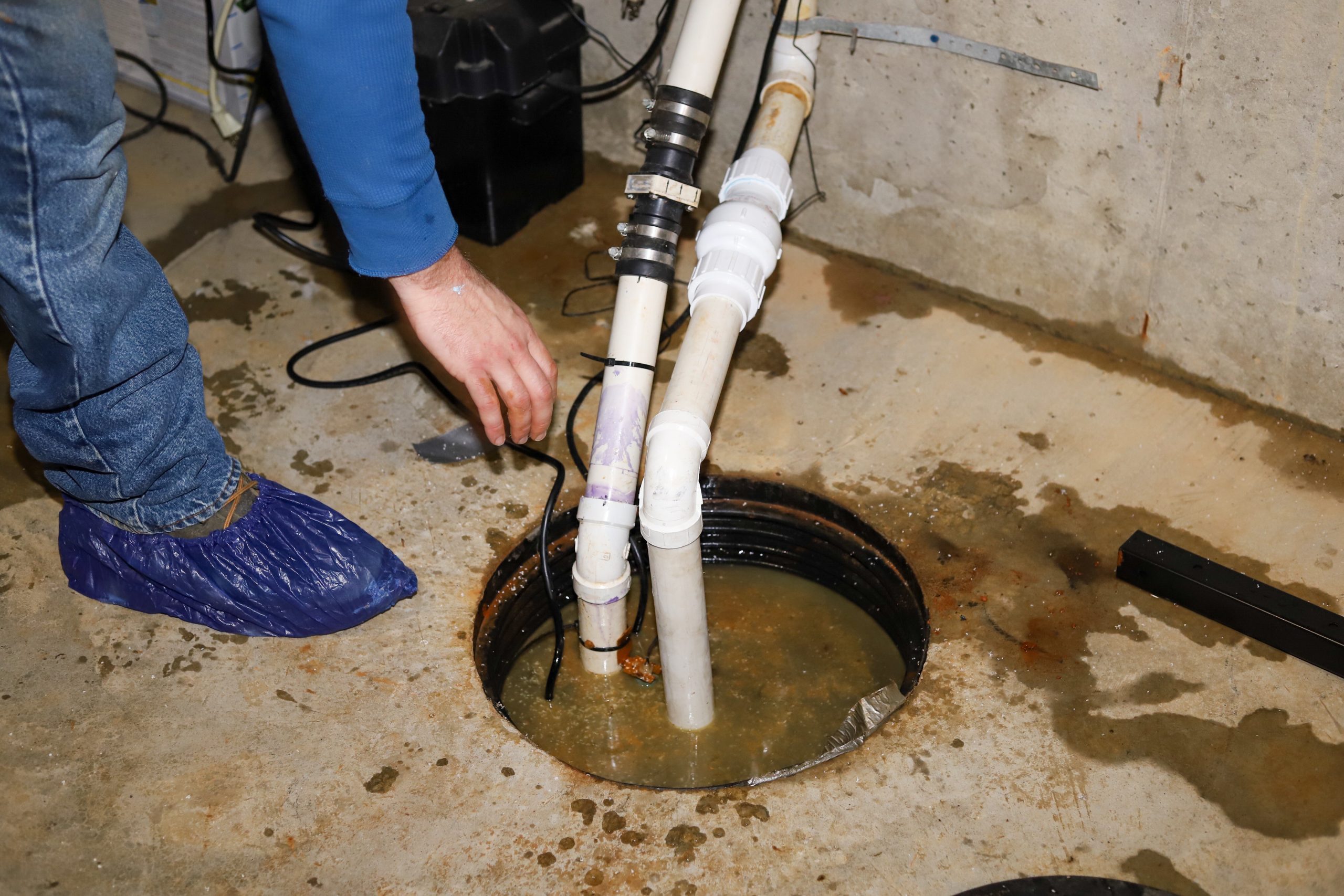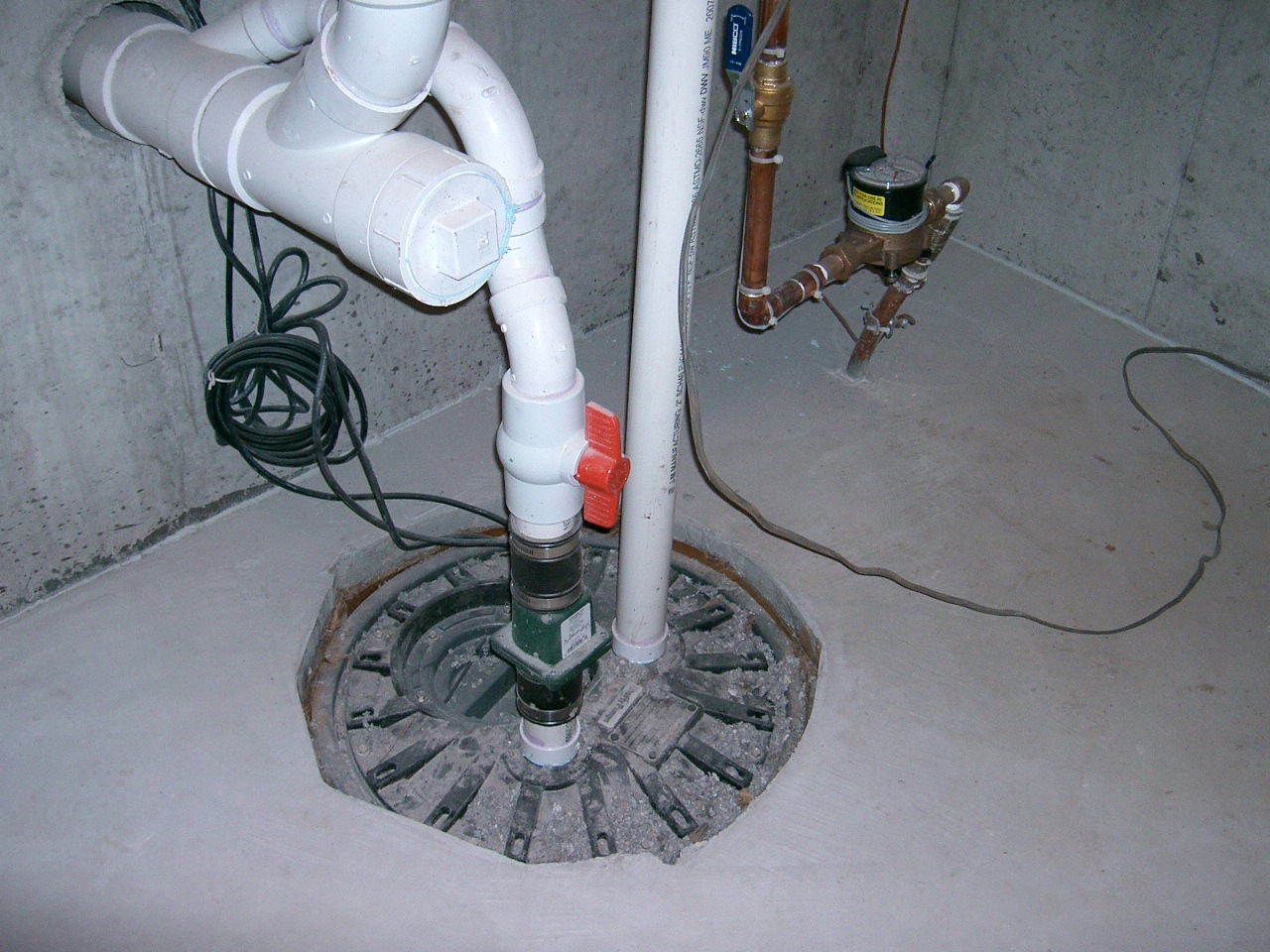Verified Solutions for Cleaning a Sump Pump
Verified Solutions for Cleaning a Sump Pump
Blog Article
We have uncovered this great article on Cleaning & Maintenance Tips for Your Home's Sump Pump down the page on the web and thought it made good sense to relate it with you on my blog.

Sump pumps are critical components in many homes, especially in areas prone to flooding or extreme moisture. They help prevent water damages by effectively eliminating excess water from cellars or crawl spaces. However, like any other device, sump pumps require normal upkeep to guarantee they function successfully when needed the most. Cleaning your sump pump is a crucial part of its upkeep, and comprehending just how to do it properly can save you from expensive fixings and possible disasters.
Introduction
Maintaining a clean sump pump is vital for its proper functioning and longevity. Neglecting this vital task can result in clogs, breakdowns, and inevitably, water damages to your property. Consequently, finding out exactly how to clean a sump pump is crucial for home owners who depend on these tools to maintain their basements completely dry and protected.
Signs of a Dirty Sump Pump
Recognizing when your sump pump needs cleansing is essential for protecting against potential breakdowns. Some usual indicators that show a filthy sump pump include odd sounds during operation, decreased water flow, and noticeable debris in the pit. If you see any one of these signs and symptoms, it's essential to cleanse your sump pump quickly to stay clear of any further concerns.
Planning for Cleansing
Prior to you begin cleaning your sump pump, it's essential to take some safety and security preventative measures. Start by turning off the power to the pump to avoid any electrical mishaps. In addition, use ideal safety equipment, such as handwear covers and goggles, to shield yourself from dust, particles, and prospective pathogens.
Understanding the Sump Pump
Prior to diving right into the cleaning process, it's necessary to have a basic understanding of exactly how a sump pump works. Commonly mounted in a pit or basin listed below the cellar flooring, a sump pump includes several vital elements, consisting of a pump, a float switch, and a discharge pipeline. When water accumulates in the pit, the float button triggers the pump, which after that pumps the water out with the discharge pipe, far from the building's structure.
Detailed Guide to Cleansing a Sump Pump
Shutting Off the Power
Begin by disconnecting the power supply to the sump pump to prevent any kind of mishaps while cleaning.
Looking For Proper Functioning
Prior to re-installing the pump, perform a fast examination to make sure that the float switch turns on the pump properly. Put some water into the sump pit and observe the pump's procedure. If every little thing is operating properly, you can reassemble the pump and reconnect the power supply.
Removing Debris and Dust
Use a container or an inside story to eliminate any noticeable particles, dust, or debris from the sump pit. Dispose of the debris correctly to prevent it from blocking the pump or the discharge pipeline.
Cleaning the Pump and Float Switch
Once the pit is clear of particles, carefully remove the pump from the pit. Evaluate the pump and the float switch for any kind of indicators of damage or wear. Utilize a soft brush or cloth to clean the surface areas and remove any type of collected grime.
Flushing the System
After cleansing the pump and float button, purge the sump pit with tidy water to remove any kind of continuing to be dust or debris. This will help make certain that the pump runs smoothly and efficiently.
Upkeep Tips to Maintain Your Sump Pump Clean
In addition to routine cleansing, there are numerous upkeep suggestions you can follow to maintain your sump pump in ideal condition:
Conclusion
Cleaning your sump pump is a vital facet of its upkeep and makes certain that it runs efficiently when you need it the most. By following the steps outlined in this overview and including normal maintenance into your routine, you can extend the life expectancy of your sump pump and secure your home from water damage.
6 STEPS ON HOW TO CLEAN A SUMP PUMP PROPERLY
UNDERSTANDING SUMP PUMPS
Your sump pump plays a crucial role in protecting your home by managing and removing excess water. It primarily functions as a “shield”, guarding your basement against the damaging effects of water accumulation. The pump is housed in a sump pit in the lowest part of your basement, and its job is to pump out any water that collects there.
During heavy rainfalls or when snow melts rapidly, water can infiltrate your basement, posing potential risks like flooding, structural damage, and harmful mold growth. Here, the sump pump springs into action, pumping out the intruding water and directing it away from your home.
SAFETY FIRST
Before cleaning, remember to prioritize safety. Disconnect the sump pump from the power source to prevent any accidental electric shocks. Also, wear sturdy gloves to protect your hands from any sharp or dirty components within the pump.
REMOVE THE SUMP PUMP
After ensuring your safety, the next step is to remove the sump pump from its pit. Doing this might require careful maneuvering as you don’t want to damage any pump components. Once removed, clean the sump pit to remove any accumulated debris or sludge.
INSPECT THE PUMP
Inspect the pump for any visible signs of wear or damage. Check the power cord, float switch, and impeller housing. If any components look worn out or damaged, consider replacing them to ensure optimal performance.
CLEAN THE PUMP
Thoroughly clean the pump with warm, soapy water. Make sure to rid it of any dirt, gravel, or other debris that might impede its performance. You can use a toothbrush to clean the small, hard-to-reach parts of the pump.
REINSTALL THE SUMP PUMP
Reinstall the pump into the sump pit Make sure it’s positioned correctly to remove the water effectively Once it’s back in place, reconnect it to the power source TEST THE PUMP
Finally, pour some water into the pit to ensure the pump works correctly. It should start automatically and begin pumping out the water; if it doesn’t, check the power source and the positioning of the pump.
Remember, while cleaning your sump pump is an essential part of home maintenance, hiring a professional plumber for a thorough inspection and cleaning at least once a year is also important. This will ensure that your pump is in optimal condition, ready to protect your home from potential water damage.
BEST PRACTICES FOR CLEANING SUMP PUMP DISCHARGE PIPES
Regular Inspection: Regularly inspect your discharge pipes, especially during heavy rainfall or snowmelt periods. Look for any signs of blockage or damage. Early detection of problems can prevent serious issues down the line. Periodic Cleaning: Over time, sediment and debris can accumulate in the discharge pipes, impeding the flow of water. Regular cleaning helps keep the pipes clear and functioning efficiently. You can use a high-pressure water jet to effectively clean the pipes. Insulation During Winter: In colder climates, discharge pipes can freeze, blocking the outflow of water. Protect your discharge pipes from freezing temperatures by insulating them with foam pipe insulation. This will ensure the sump pump can continue to discharge water even in freezing conditions. Proper Positioning: The discharge pipe should be positioned to direct water away from your home’s foundation. Improper positioning can lead to water seeping back into the basement. Ensure the pipe is long enough and angled correctly. Installation of a Check Valve: A check valve prevents water from flowing back into your sump pit after the pump has pushed it out. Installing a check valve helps maintain the efficiency of your sump pump and reduces the risk of flooding. Minimize Pipe Turns: Every curve or turn in the discharge pipe can decrease the efficiency of water flow. By minimizing turns and bends in your discharge pipe, you can increase the efficiency of your sump pump. https://www.fullspeedplumbing.com/how-to-clean-a-sump-pump-properly9999/

Do you really like reading about Cleaning & Maintenance Tips for Your Home's Sump Pump? Create feedback directly below. We'd be glad to listen to your thoughts about this entry. Hoping that you come back again before long. Do you know another individual who is excited by How To Effectively Clean A Sump Pump? Please feel free to promote it. Thank you for your time. Return soon.
Browse Website Report this page